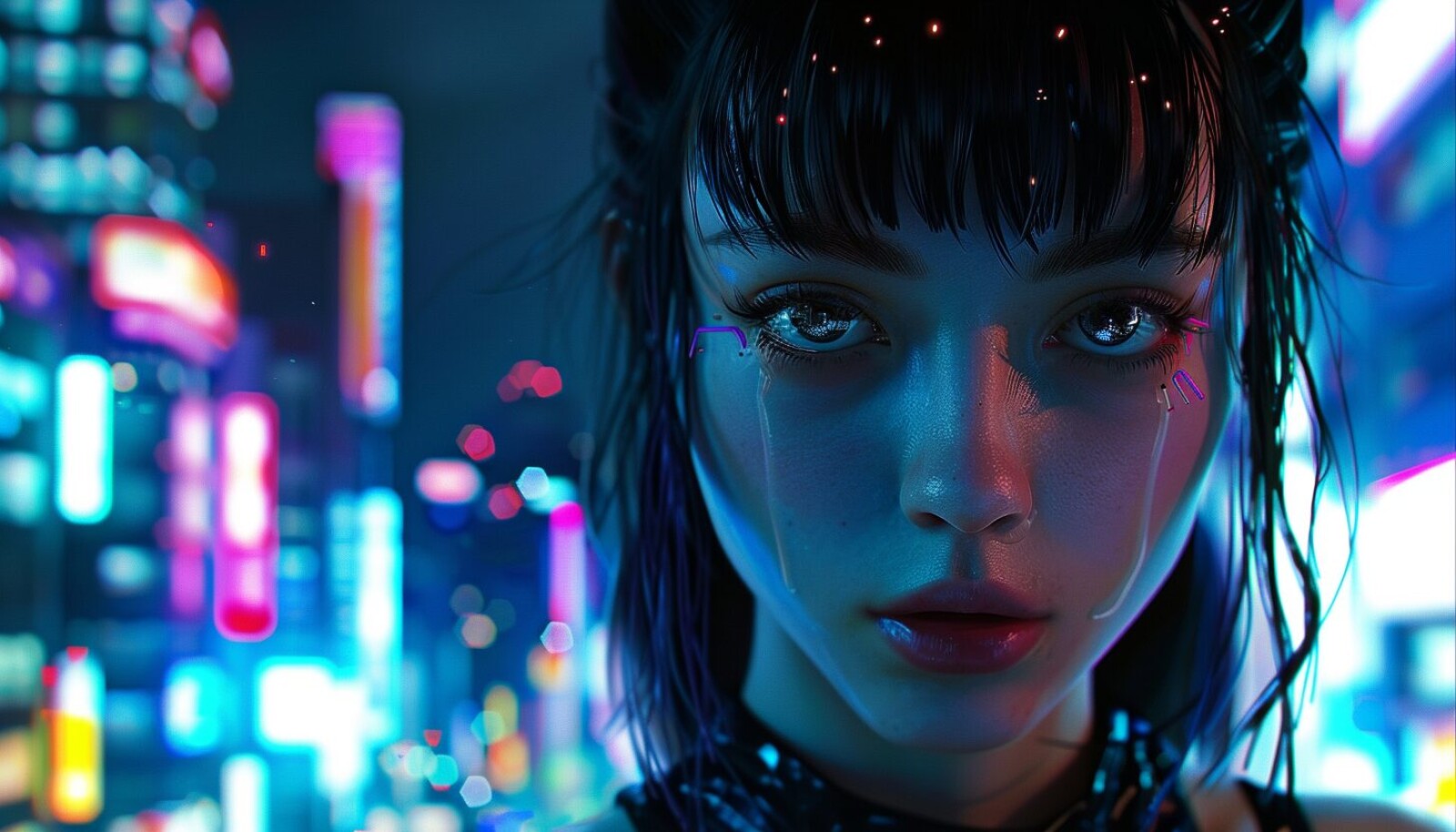
Alex Trustfield
NFTs vs. Traditional Art: A Comprehensive Guide

The art world is undergoing a transformative shift with the advent of non-fungible tokens (NFTs). These digital assets, powered by blockchain technology, are challenging traditional notions of art ownership and value. This article explores the key differences between NFTs and traditional art, their impact on artists, collectors, and the broader art market.
What is Traditional Art?
Traditional art encompasses a wide range of physical artworks created through various mediums like painting, sculpture, and drawing. These artworks are tangible, often unique, and can be found in galleries, museums, and private collections. Iconic pieces such as Vincent van Gogh’s “Starry Night” and Leonardo da Vinci’s “Mona Lisa” are celebrated for their historical and cultural significance, making them priceless.
Characteristics of Traditional Art
- Tangibility: Physical presence and the ability to be experienced in person.
- Historical Value: Often holds significant cultural and historical importance.
- Limited Accessibility: Typically accessible to a limited audience through galleries and exhibitions.
- Market Elitism: High entry barriers for emerging artists due to the dominance of established institutions and collectors.
Digital Influences on Traditional Art
The digital revolution has introduced new tools and platforms for traditional artists. Digital art forms, such as digital painting, 3D printing, and virtual reality (VR) experiences, have emerged, allowing artists to experiment with new techniques. Social media and online galleries have democratized access to art, enabling artists to reach global audiences without relying on traditional gatekeepers.
Understanding NFTs
NFTs are unique digital assets stored on a blockchain, often used to represent ownership of digital art, music, videos, and other creative works. Unlike traditional cryptocurrencies, each NFT is distinct, with its own metadata and smart contracts ensuring authenticity and scarcity.
Characteristics of NFTs
- Digital Ownership: Ownership of a digital asset, verifiable through blockchain technology.
- Scarcity and Authenticity: Unique and non-replicable, ensuring originality.
- Global Accessibility: Easily traded and accessible to a global audience via online marketplaces.
- Programmable Royalties: Smart contracts can include royalties for artists on secondary sales.
NFTs vs. Traditional Art
The debate between NFTs and traditional art is not about superiority but rather about understanding their distinct values and impacts.
Value and Ownership
- NFTs: Value is often derived from digital scarcity, unique ownership, and the artist’s reputation within the digital space. Ownership is tracked through blockchain, providing transparency.
- Traditional Art: Value is influenced by the artwork’s historical significance, physical presence, and the artist’s reputation within the traditional art community. Ownership is proven through physical possession and provenance records.
Accessibility and Democratization
- NFTs: Lower entry barriers for artists and collectors. Artists can directly sell to a global audience, and collectors can purchase without needing intermediaries.
- Traditional Art: Higher entry barriers due to established institutions and market elitism. Access to high-value art is often restricted to affluent collectors and institutions.
Market Dynamics
- NFTs: Highly volatile with rapid changes in value driven by market speculation and trends. Easier to buy, sell, and trade through digital marketplaces.
- Traditional Art: Relatively stable market, with value appreciation over time. Transactions typically occur through galleries, auctions, and private sales, often involving intermediaries.
Converting Traditional Art to NFTs
Artists can convert traditional artworks into NFTs by digitizing their creations through high-quality scanning or photography. They then mint these digital files on blockchain platforms using tools and marketplaces like OpenSea, Nifty Gateway, and Rarible. This process involves creating a digital file, uploading it to a marketplace, and minting it as an NFT with detailed metadata.
Environmental and Ethical Considerations
Some artists and critics oppose NFTs due to the environmental impact of energy-intensive proof-of-work (PoW) blockchains. Others argue that the NFT market commodifies art, prioritizing speculative financial gains over artistic expression. Additionally, concerns about copyright infringement and intellectual property rights remain prevalent in the decentralized NFT space.
Future Prospects and Integration
The future of art likely involves a blend of traditional and digital elements. Artists like Damien Hirst, who offers both physical and digital versions of his work, exemplify this convergence. As the art market evolves, both NFTs and traditional art will play significant roles, with each offering unique benefits and challenges.
Conclusion
The rise of NFTs is reshaping the art landscape, challenging traditional norms and offering new opportunities for artists and collectors. While traditional art remains a cornerstone of cultural heritage, NFTs provide a dynamic and accessible platform for creative expression in the digital age. Understanding the differences and potential of both forms is essential for navigating the evolving world of art.














